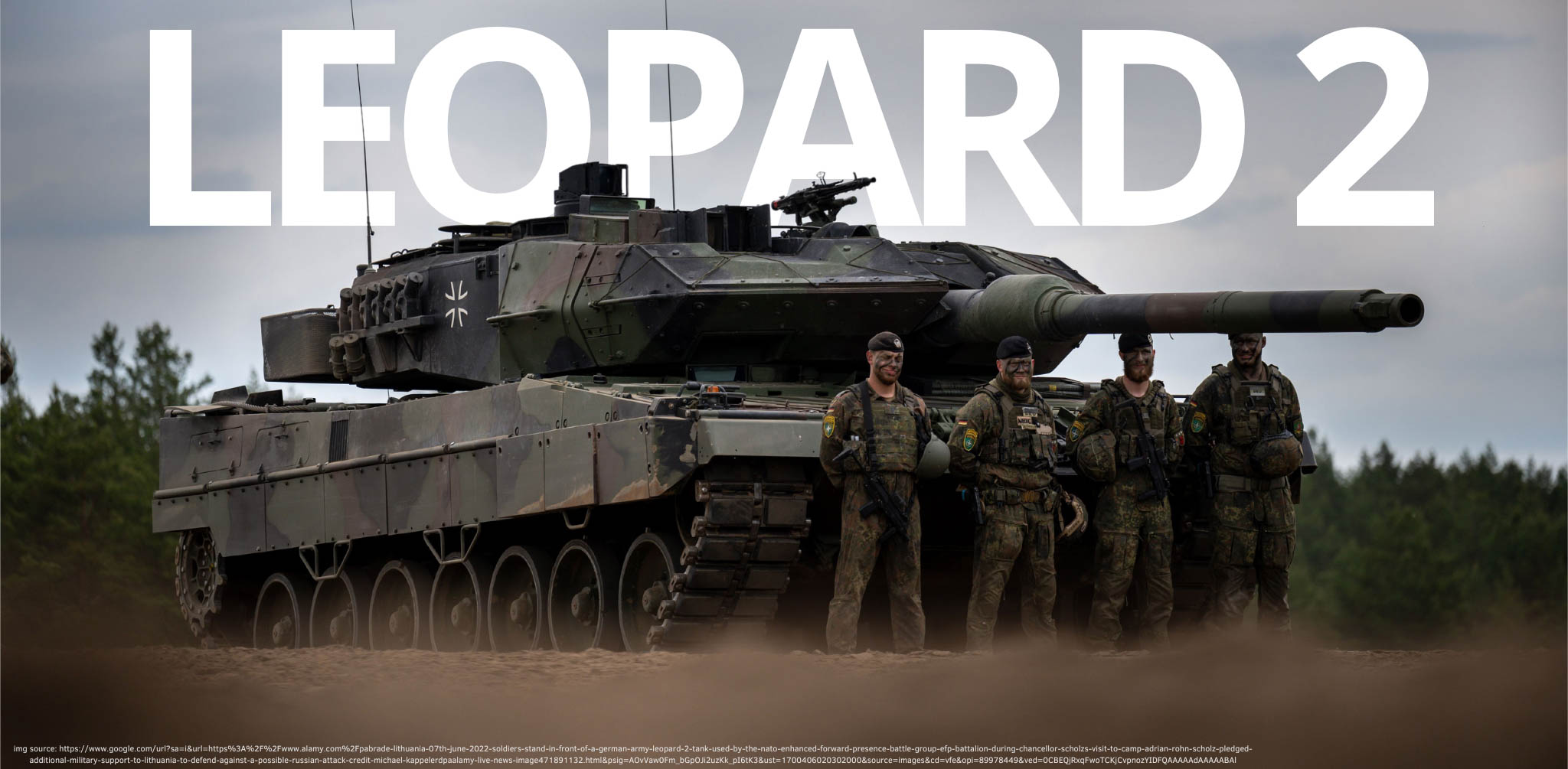

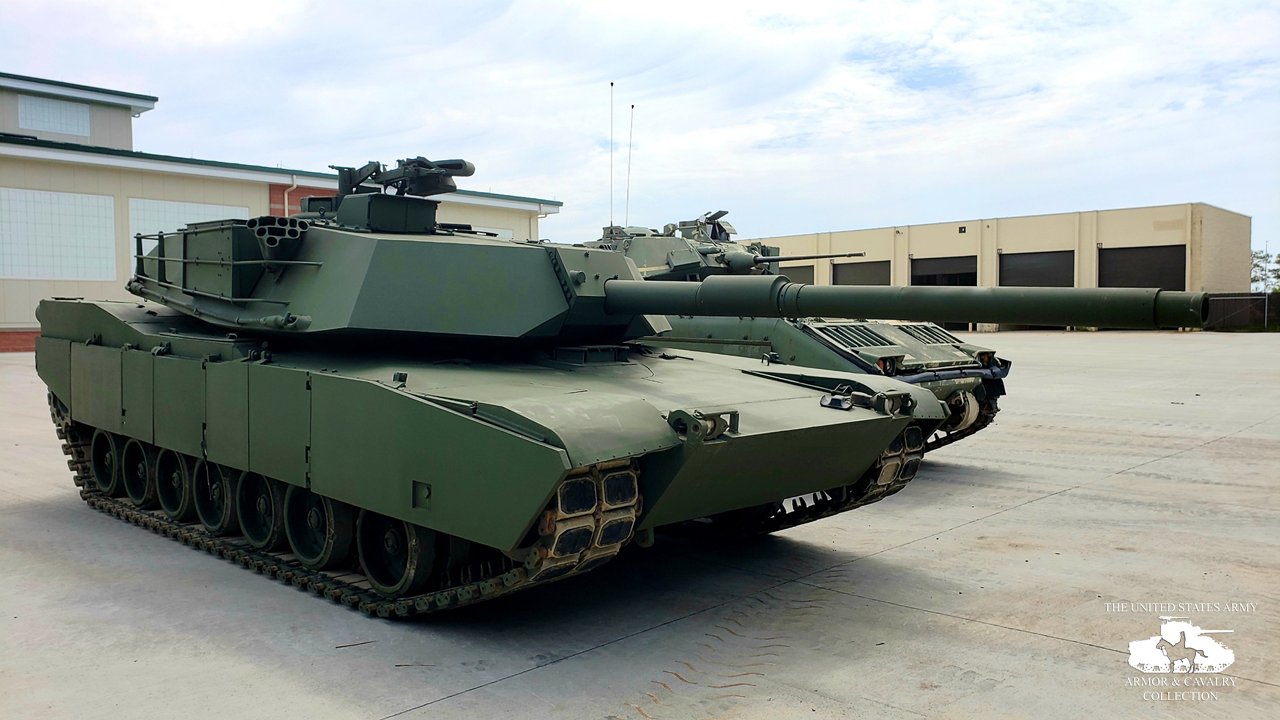
Preproduction test model. Eleven Full-Scale Engineering Development test bed vehicles were produced in 1977–78. These vehicles were also called Pilot Vehicles and numbered PV-1 through PV-11.
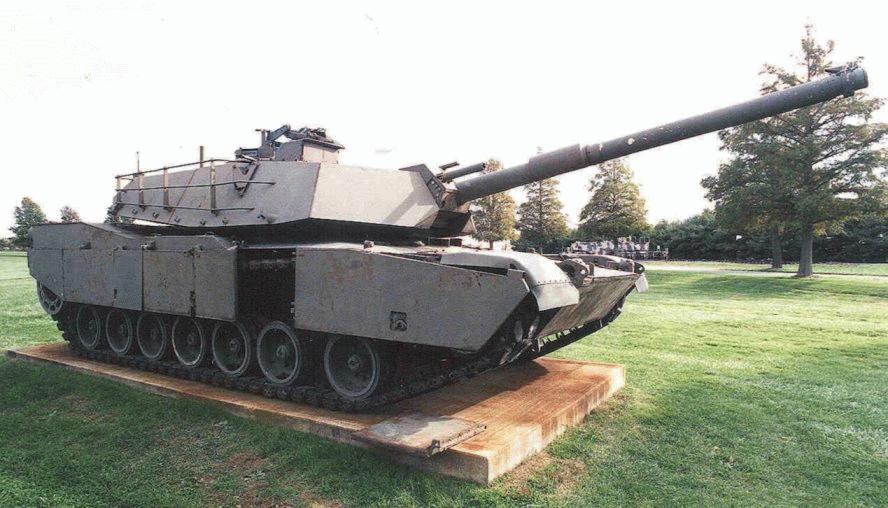
First production variant. Production began (at Chrysler) in 1979 and continued to 1985 (at General Dynamics) (3,273 built for the US). The first 110 tanks were low rate initial production (LRIP) models, still called XM1s, because they were built before the tank being type-classified as the M1.
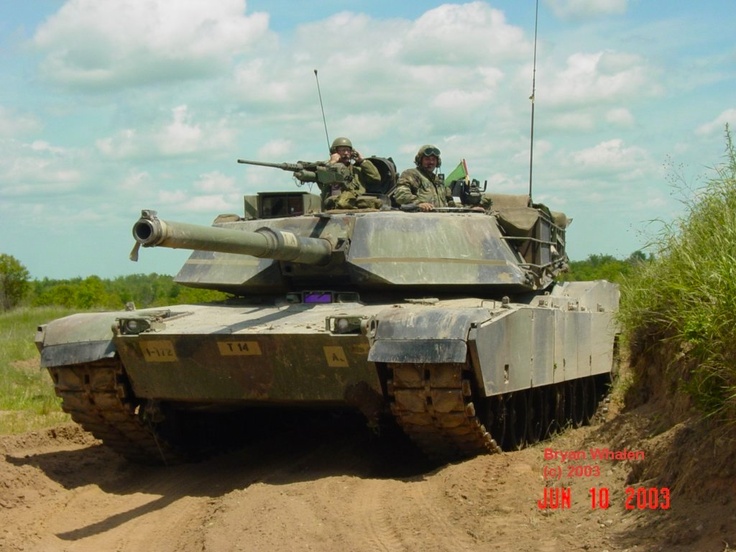
Produced briefly in 1984 before the M1A1, contained upgrades and reconfigurations like new turret with thicker frontal armor, new turret with rear storage rack is referred as long turret instead of older short turret, armor upgraded from ~650mm line of sight thickness to ~880mm.
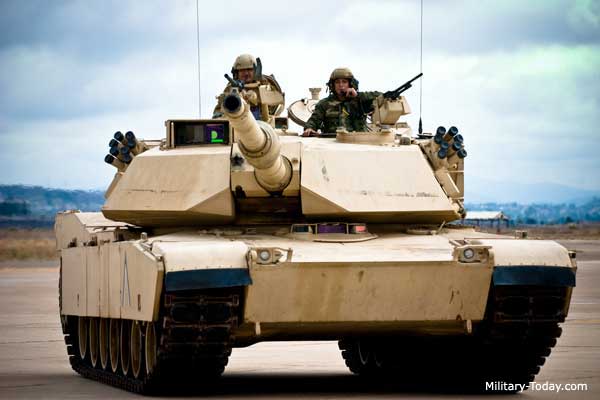
Production started in 1985 and continued to 1992, pressurized NBC system, rear bustle rack for improved stowage of supplies and crew belongings, redesigned blow-off panels and M256 120 mm smoothbore cannon (4,976 built for the U.S. Army, 221 for USMC, 59 M1A1 AIM SA sold to Australia).
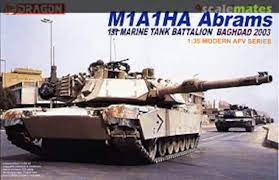
Added first generation depleted uranium armor components. Some tanks were later upgraded with second generation depleted uranium armor components, and are unofficially designated M1A1HA+.
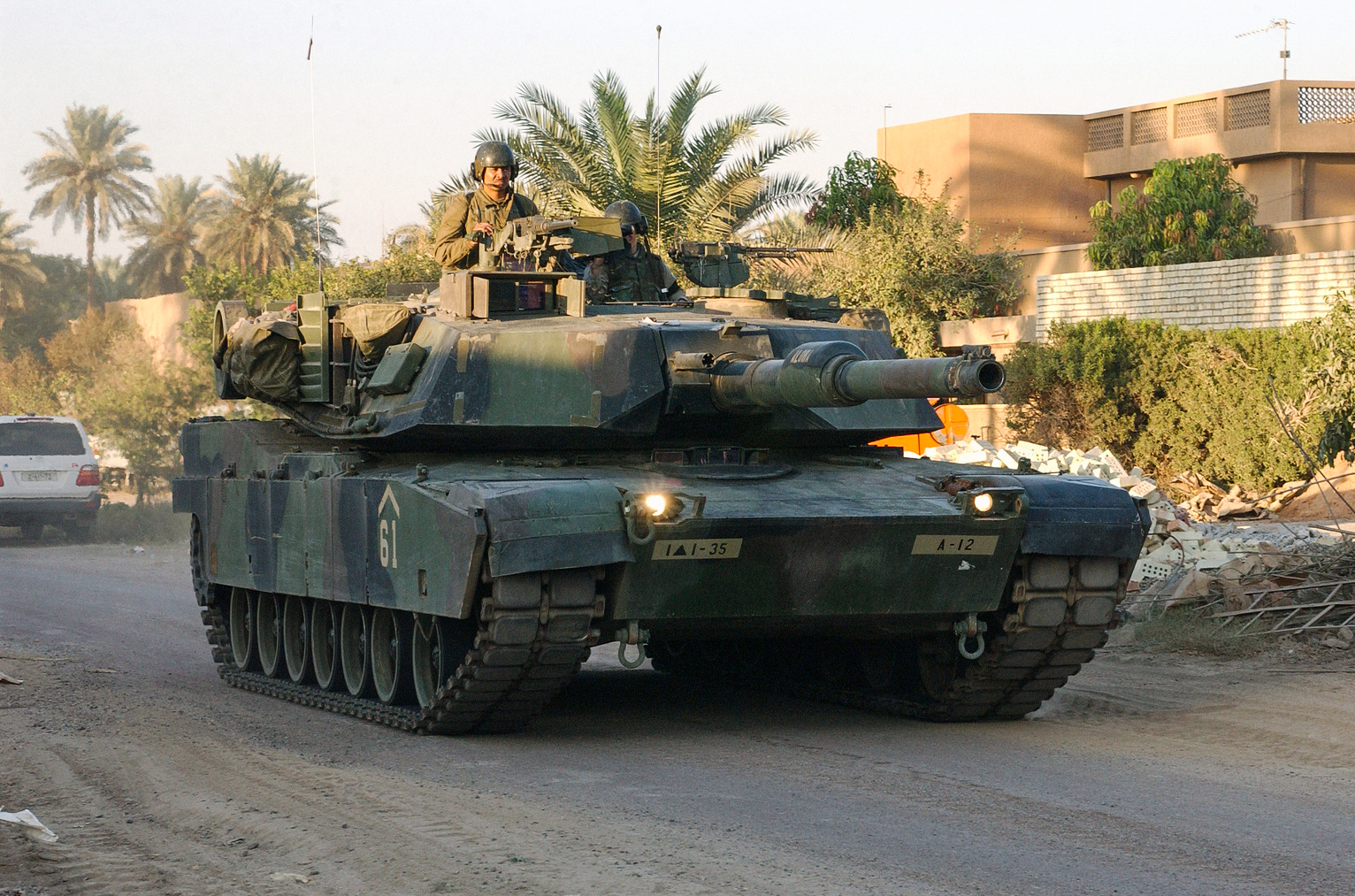
Added new second generation depleted uranium armor components, digital engine control and other small upgrades common between Army and Marine Corps tanks.
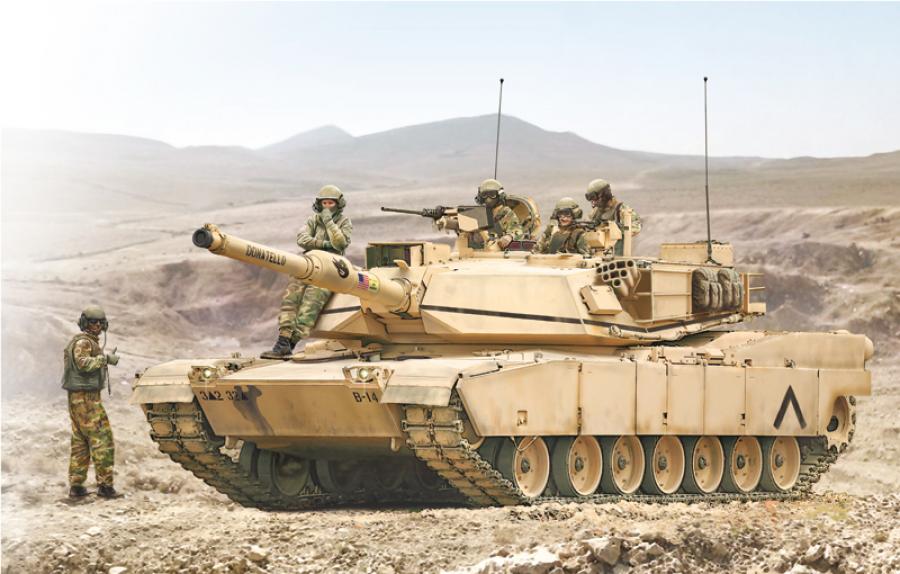
A digital upgrade for the M1A1HC, to keep up with M1A2 SEP, manufactured in quantity for only 2 battalions.
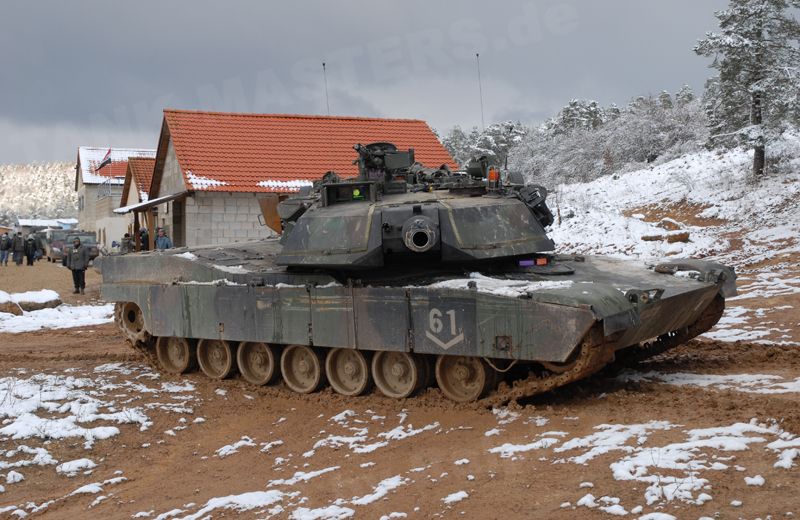
The tank is improved by adding Forward-Looking InfraRed (FLIR) and Far Target Locate sensors, a tank-infantry phone, communications gear, including FBCB2 and Blue Force Tracking to aid in crew situational awareness, and a thermal sight for the .50 caliber machine gun.

Upgrades similar to AIM v.1 tanks + new third generation depleted uranium armor components. Configuration for the Royal Moroccan Army, which is almost identical to the Australian variant, except exportable turret armor is installed by General Dynamics Land System to replace the DU armor.
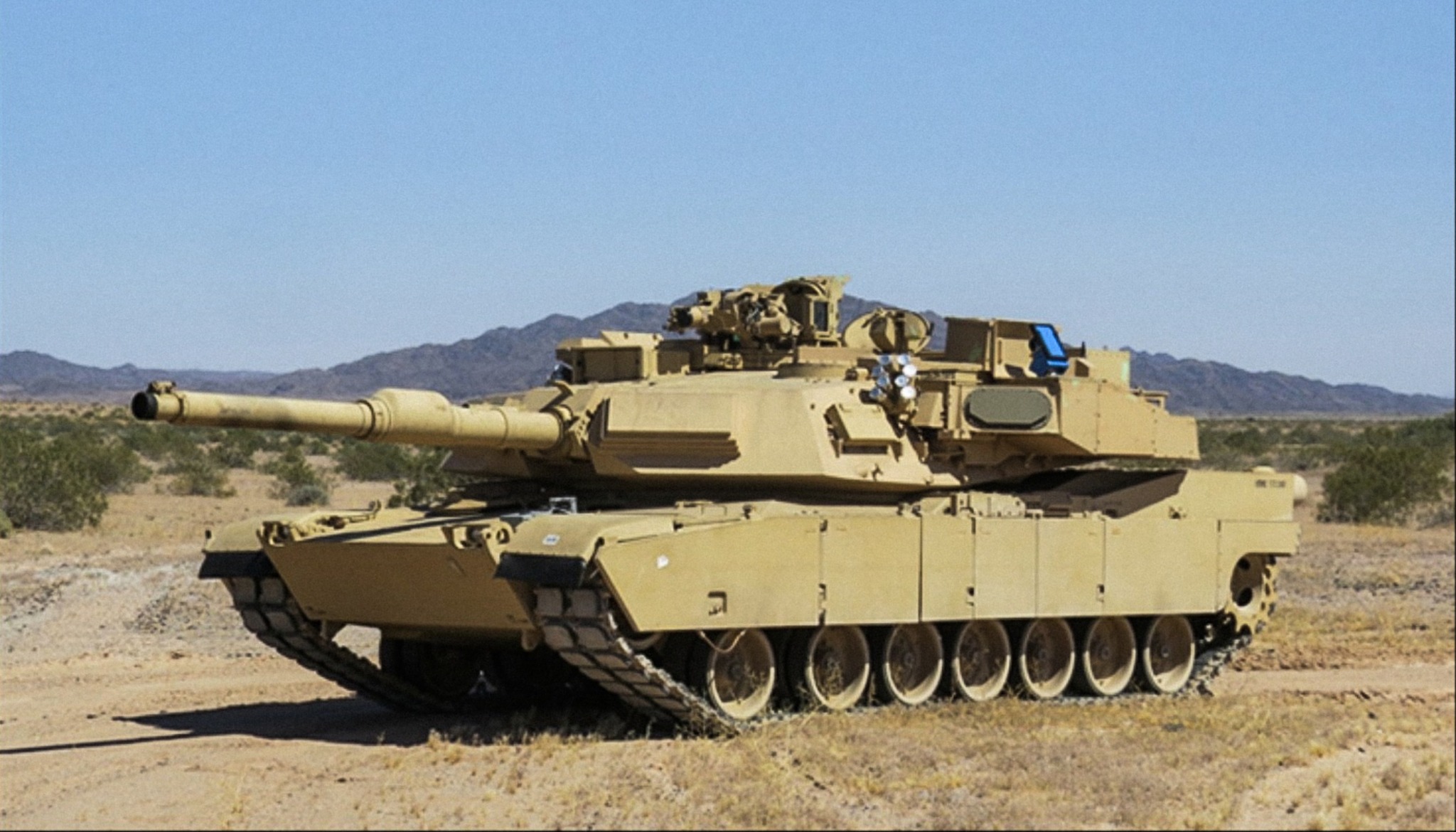
Similar upgrade to AIM v.2 for USMC tanks.
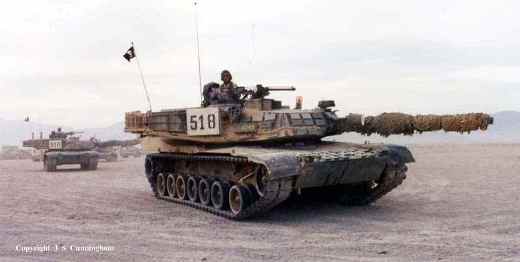
M1A1s that have been visually modified to resemble Soviet-made tanks for use at the National Training Center, fitted with MILES gear and a Hoffman device.
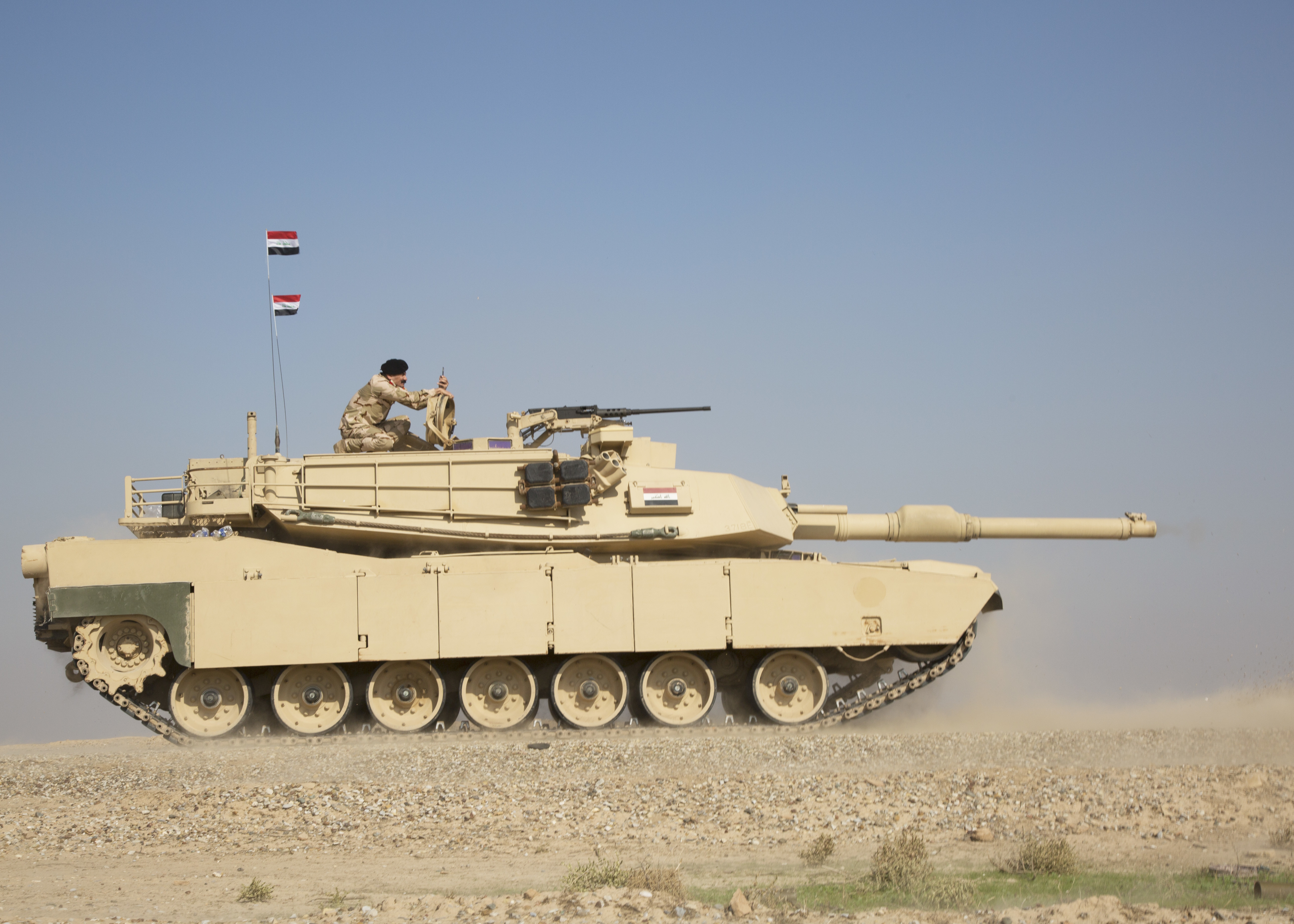
An export variant ordered by the Iraqi Army.
.jpg)
Upgrade-only variant to all USMC General Dynamics M1A1 Abrams tanks to improve the tank commander's situational awareness with an upgraded thermal sight, color day camera, and a stationary color display.
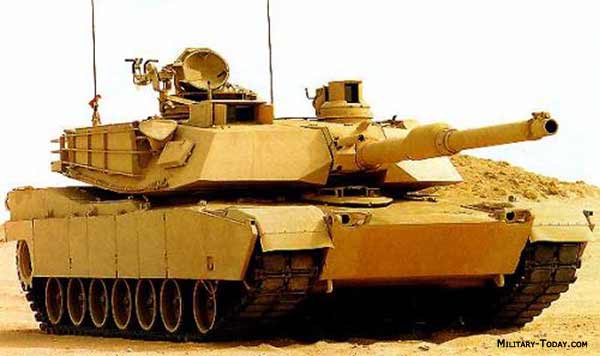
Production began in 1992 and initial operating capability achieved in 1993. (77 built for the U.S. and more than 600 M1s upgraded to M1A2, 315 for Saudi Arabia, 1,005 for Egypt, 218 for Kuwait). The M1A2 offers the tank commander an independent thermal sight and ability to, in rapid sequence, shoot at two targets without the need to acquire each one sequentially, also second generation depleted uranium armor components.
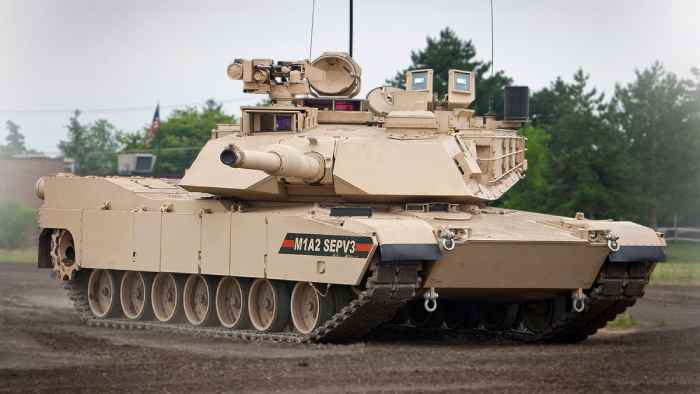
Has increased power generation and distribution, better communications and networking, new Vehicle Health Management System and Line Replaceable Modules for improved maintenance, an Ammunition DataLink to use airburst rounds, improved counter-IED armor package, Next Generation Armor Package, and an APU under armor to run electronics while stationary instead of the engine, visually distinguishing the version by a small exhaust at the left rear. More passive ballistic protection added to the turret faces, along with new Explosive Reactive Armor mountings and Active Protection systems added to the turret sides. Prototypes began testing in 2015, and the first were delivered in October 2017. The first unit received them in July 2020.
Variant for the Romanian Army, currently under development. According to the chief of the General Directorate for Armaments, the Romanian Abrams variant will be a configuration of the M1A2 SEPv3.
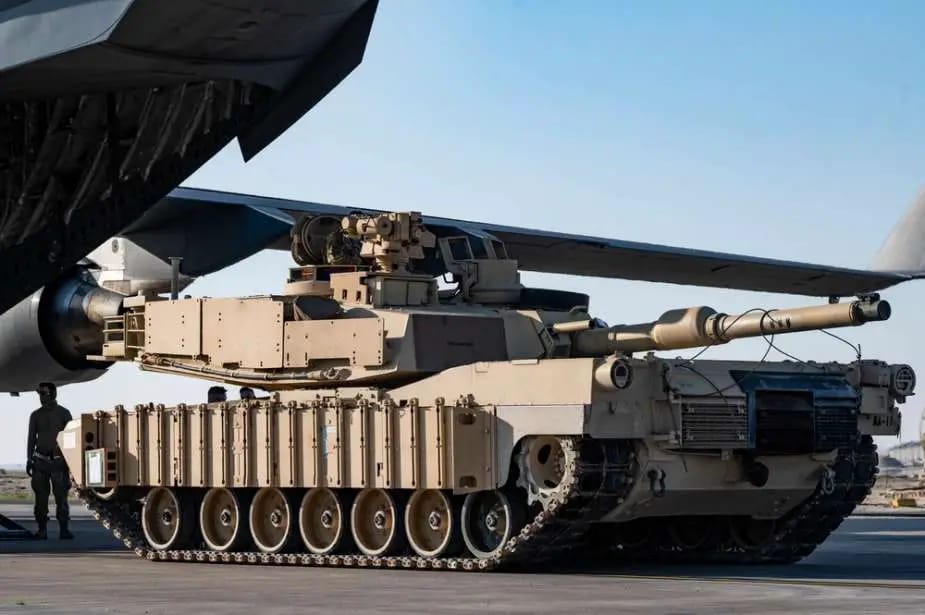
Special configuration variant of the M1A2 SEPv3 reportedly being offered for sale to Taiwan as of March 2019 and approved by US State Department as of July 2019. Per DSCA statement, it is roughly equivalent to M1A2 SEPv3, except depleted uranium armor is replaced by FMS export armor. There is no mention of the Trophy APS system. The new-built tanks will be produced at Anniston Army Depot, Anniston, Alabama, and the Joint Systems Manufacturing Center, Lima, Ohio.
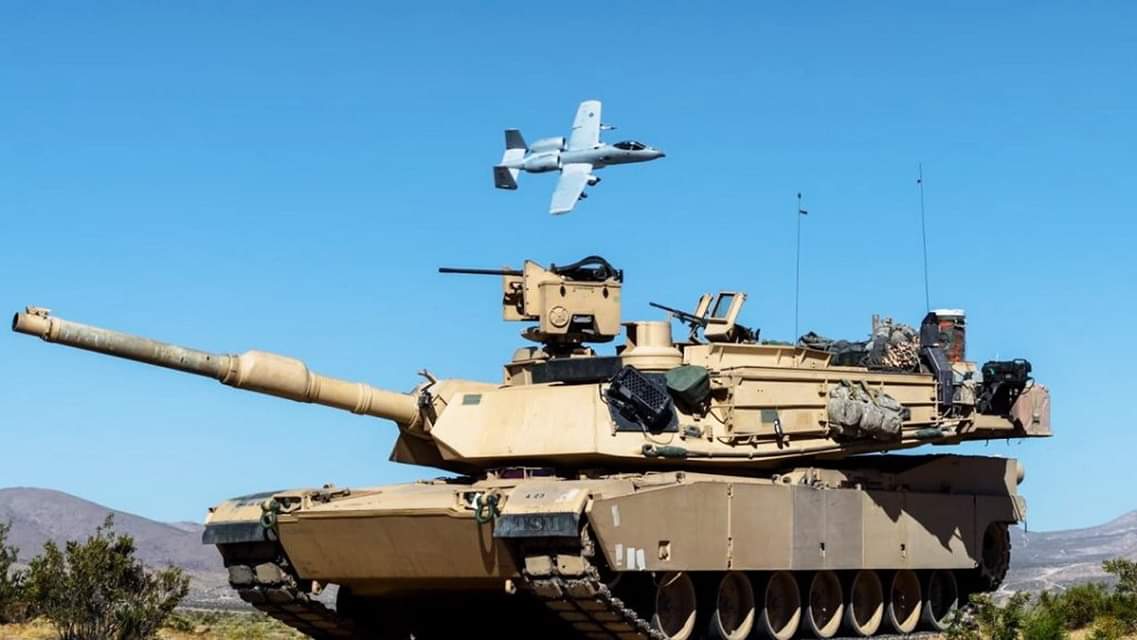
Added Common Remotely Operated Weapon Station low-profile as standard, color displays, improved interfaces, a new operating system, improved crew-compartment cooling, and new second generation thermal optics.
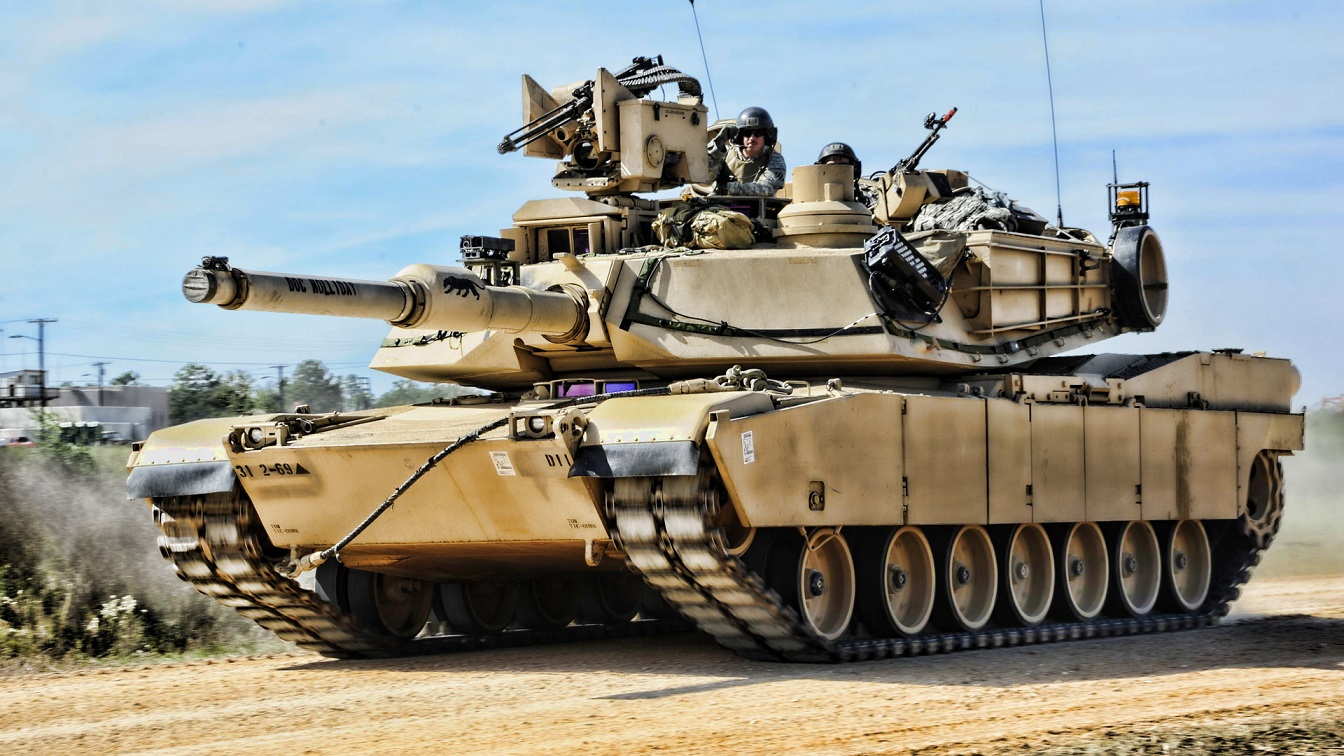
The Commander's Primary Sight, also known as the Commander's Independent Thermal Viewer, and Gunner's Primary Sight will be upgraded with third Gen FLIR, an improved laser rangefinder and color cameras. Additional improvements will include advanced meteorological sensors, laser warning/detection receivers, directional smoke grenade launchers and integration of the new XM1147 advanced multi-purpose sv 120mm tank round. The AN/VVR-4 laser warning receiver and ROSY rapid obscurant system have been trialed by the US Army for adoption on the Abrams tank and Bradley fighting vehicle. The M1A2 SEPv4 variant was officially canceled by the U.S. Army on 6 September 2023. The Army plans to develop a new variant of the Abrams, designated M1E3, to enter service in the 2030s.
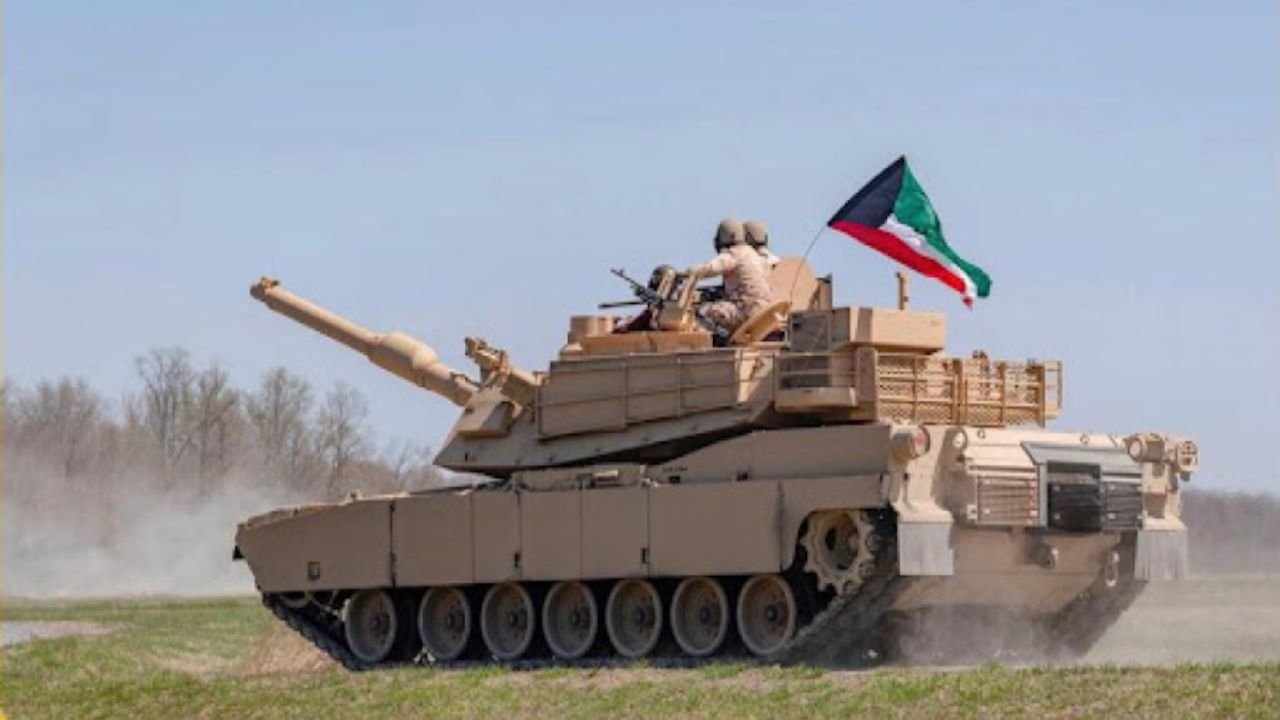
Under development, unique variant for the Kuwaiti Army, slated to replace Kuwait's current M1A2 fleet.

On 6 September 2023, the U.S. army announced that it had canceled the planned M1A2 SEPv4 variant and would instead redirect resources into a new variant of the Abrams tank, named M1E3. The new variant will include modular open-systems architecture and is designed to be lighter and more survivable on the battlefield.
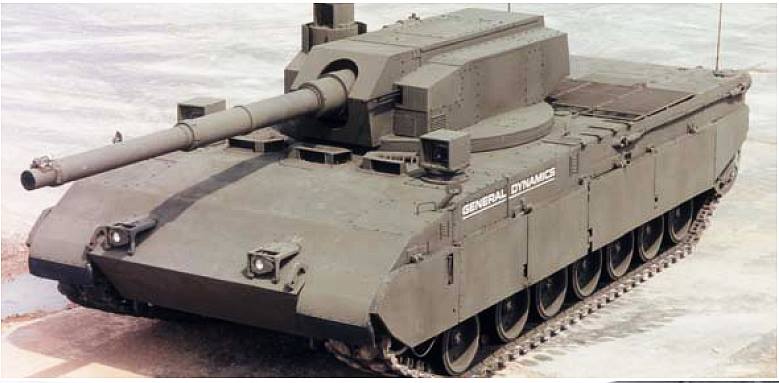
was a prototype built in 1983, featuring an unmanned turret with a 44-caliber 120mm M256 smoothbore gun, three crew members sitting side by side inside an armored capsule at the front of the hull and a suite of cameras and thermal viewers to preserve the crew's situational awareness. the mechanical autoloader and a 44-round vertical ammunition carousel inside the turret basket system could provide a sustained rate of fire of 10 rounds per minute and successfully completed over 40,000 round loading/unloading cycles without malfunctioning during testing. The program was cancelled after the end of the Cold War and its only prototype is now on display at the U.S. Armor & Cavalry Collection museum at Fort Moore, Georgia.
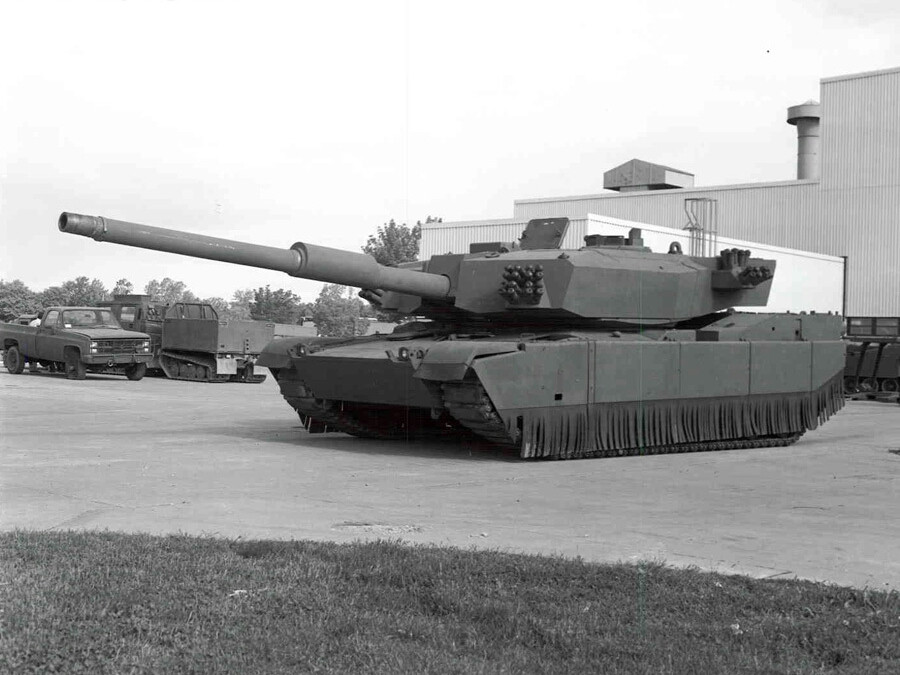
was a single M1A1 fitted with a heavily modified turret to trial the experimental XM291 ATAC (sometimes referred to as LW120) smoothbore gun, a more powerful replacement for the M256 capable of firing either single-piece 120mm or two-piece 140mm ammunition with only a barrel change. The 140mm rounds were too large (boasting twice the chamber volume of a M829 APFSDS and twice the muzzle energy) and heavy to be moved around by a human loader, mandating the installation of a XM91 mechanical cassette autoloader. The Thumper underwent testing in 1988 and in the 1990s at Aberdeen Proving Ground, where it demonstrated accuracy equal to a M1A1's but with significantly higher armor penetration capability.
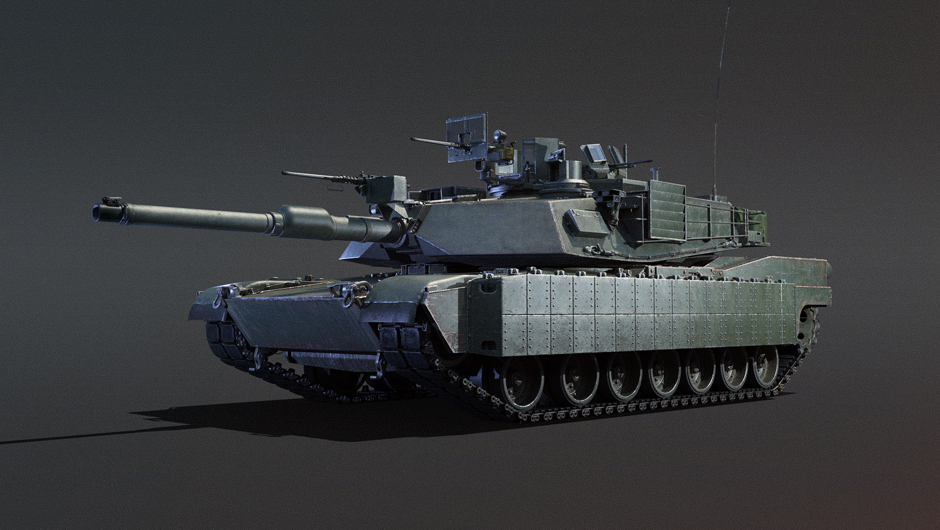
Is fitted with new, second-generation gunner's thermal sight. Has upgraded third-generation depleted uranium armor components with graphite coating (240 new built, 300 M1A2s upgraded to M1A2 SEP for the US, also unknown numbers of upgraded basic M1s and M1IPs, also 400 oldest M1A1s upgraded to M1A2 SEP).
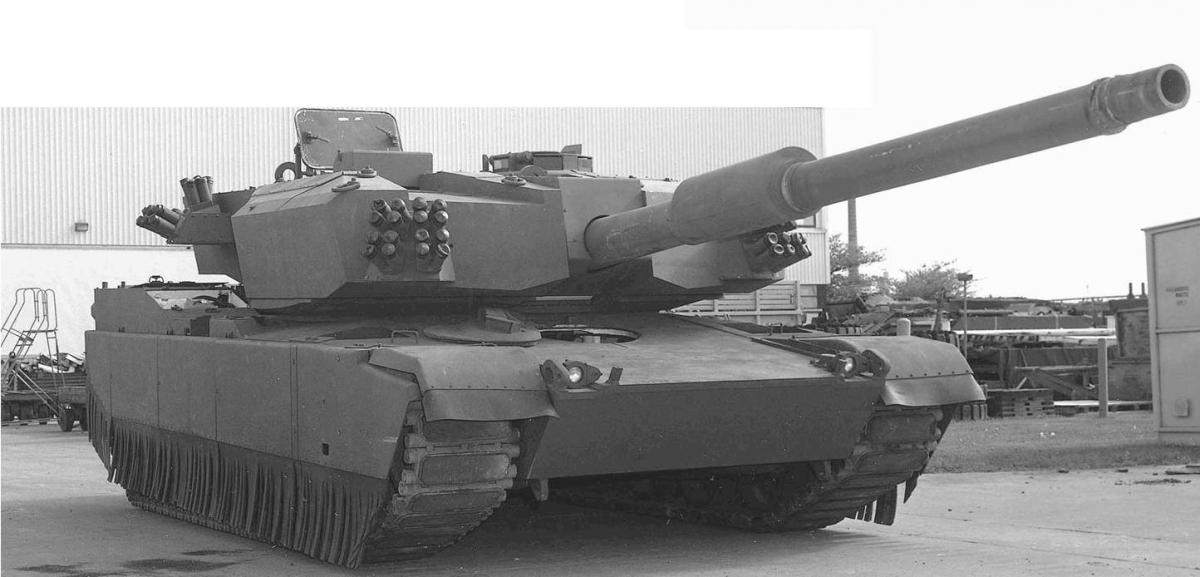
was a pair of highly modified prototypes conceived under the auspices of the AVAS program to test several promising technologies. Two vehicles were built in 1993 and 1994: the first one, dubbed Phase I, paired a spare M1 hull with a modified turret fitted with a 48-caliber 140mml smoothbore cannon and XM91 mechanical autoloader inside the bustle; the second vehicle, codenamed Phase II, used the same turret as basis, but mated it to a brand new M1 hull altered to contain a more compact diesel engine. Phase II also trialed new single-shoe XT166 tracks, an in-arm hydropneumatic suspension and the Multi-Sensor Target Acquisition System with its low-power, millimetric wave radar. Both vehicles were tested extensively at Aberdeen Proving Ground.
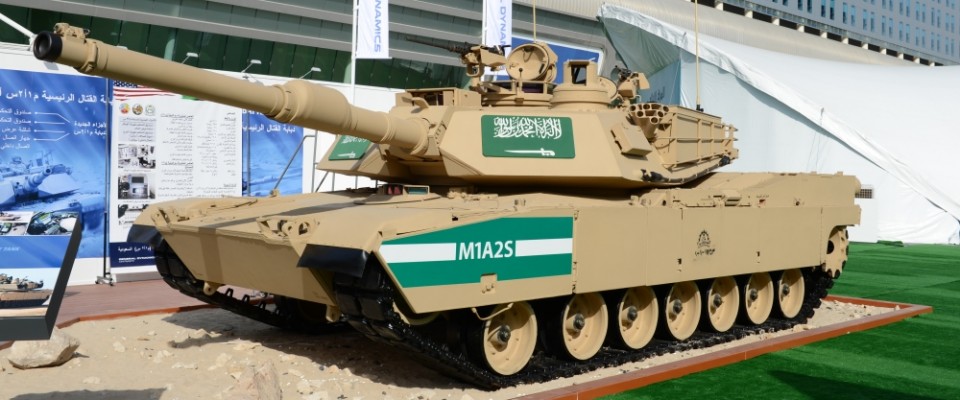
Saudi Arabian variant upgrade of the M1A2 based on M1A2 SEP, with some features, such as depleted uranium armor, believed to be missing and replaced by special armor. (442 M1A2s upgraded to M1A2S).
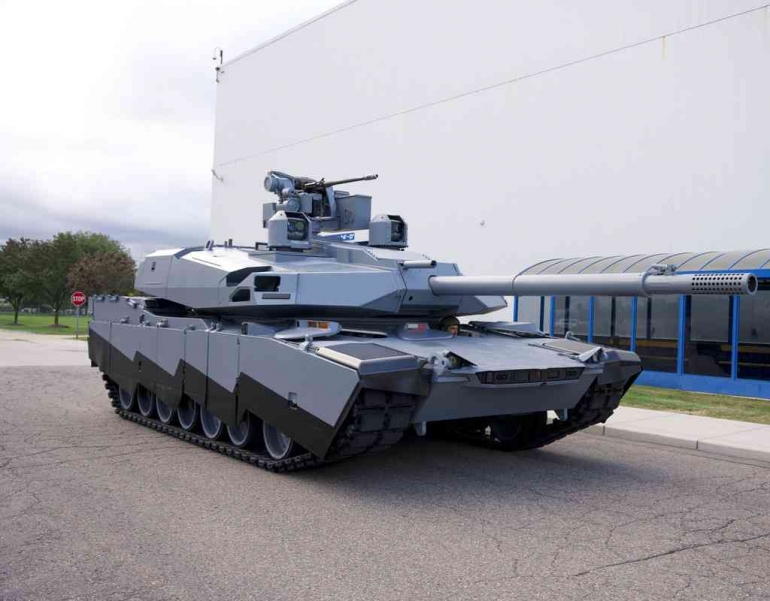
The AbramsX features an XM360 smoothbore gun with pepperpot muzzle brake, an autoloader which reduces the crew to three, an unmanned turret, a hybrid diesel-electric Cummins ACE power pack that gives 50% more fuel efficiency, a 30 mm XM914 chain gun in a remote weapon station, Trophy active protection systems with three launchers, an augmented reality suite that would increase the crews' situational awareness thanks to cameras and sensors mounted around the tank's exterior, a silent mode when running on electric power, the ability to be updated more easily than existing tanks and use loitering munitions such as the AeroVironment Switchblade as well as surveillance drones, and reduced weight for improved mobility.